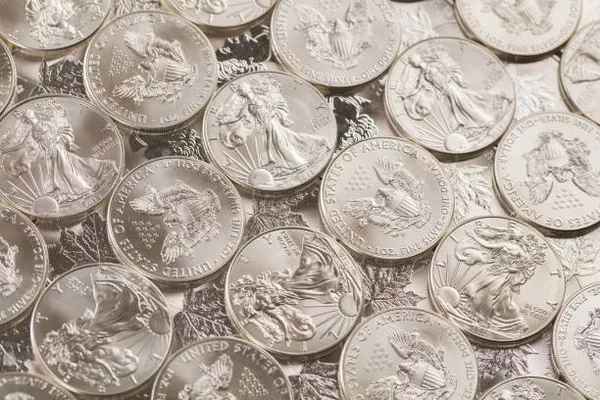The cost of silver per ounce is a crucial metric in the world of commodities, influencing various industries and investment decisions. Silver, often referred to as the “poor man’s gold,” has unique properties that make it highly sought after for both industrial and investment purposes. In this article, we will delve into the factors that determine the cost of silver per ounce, explore recent trends, and discuss the implications for various stakeholders.
Factors Influencing the Cost of Silver
Supply and Demand Dynamics:
One of the primary factors determining the cost of silver per ounce is the classic interplay of supply and demand. Silver is utilized in various industries, including electronics, solar panels, and medical applications. As global economic activity and industrial production increase, the demand for silver rises, putting upward pressure on its price. Conversely, during economic downturns, the demand for industrial silver may decline, leading to a decrease in its cost.
Mining Costs:
The cost of extracting silver from mines significantly impacts its market price. Mining costs involve expenses related to exploration, extraction, processing, and refining. Technological advancements in mining processes can affect the overall cost structure. Higher mining costs often result in an increased cost of silver per ounce.
Geopolitical Factors:
Geopolitical tensions and instability in major silver-producing regions can disrupt the supply chain, affecting the availability of silver in the market. Political events, trade disputes, and natural disasters can create uncertainty, leading investors to seek safe-haven assets like silver, thereby influencing its price.
Inflation and Currency Movements:
Like other commodities, silver is also influenced by inflation and currency movements. When inflation rises, investors may turn to precious metals like silver to preserve the value of their wealth. Moreover, changes in currency exchange rates can impact the cost of silver, especially if silver is priced in a different currency.
Investor Sentiment:
The sentiment of investors plays a crucial role in determining the cost of silver. Silver is not only an industrial metal but also a popular investment asset. Fluctuations in the stock market, global economic conditions, and geopolitical events can drive investors to or away from silver, impacting its price.
Recent Trends in the Cost of Silver Per Ounce
Over the past few years, the cost of silver per ounce has experienced notable volatility, influenced by a combination of economic, geopolitical, and market-specific factors. In 2020, the onset of the COVID-19 pandemic led to a temporary decline in industrial demand for silver due to widespread economic shutdowns. However, the increasing interest in renewable energy and the push towards green technologies, such as solar power, contributed to a rebound in silver prices.
The year 2021 witnessed a significant surge in the cost of silver, driven by increased investment demand, inflation concerns, and a weaker US dollar. Investors sought refuge in precious metals amid uncertainties surrounding the global economic recovery. Additionally, the growing demand for silver in the production of solar panels added to its allure.
In recent months, the cost of silver has continued to show resilience, maintaining a steady upward trend. The ongoing geopolitical tensions and the focus on sustainable technologies are likely to sustain the demand for silver, supporting its price.
Implications for Stakeholders
Investors:
For investors, understanding the factors influencing the cost of silver is crucial for making informed decisions. Silver is often considered a hedge against inflation and economic uncertainties. Monitoring global economic trends, geopolitical developments, and shifts in investor sentiment can help investors anticipate potential changes in the cost of silver and adjust their portfolios accordingly.
Industrial Users:
Industries that rely on silver for manufacturing processes, such as electronics and renewable energy, must carefully monitor silver prices. Fluctuations in the cost of silver can impact production costs and profit margins. Strategic planning and risk management are essential for businesses to navigate the potential impact of silver price volatility.
Mining Companies:
Silver mining companies are directly affected by changes in the cost of silver. While higher silver prices can boost profitability, they also bring challenges such as increased exploration and extraction costs. Mining companies need to strike a balance between maximizing production and managing costs effectively to ensure sustainable operations.
Governments and Central Banks:
Governments and central banks closely monitor precious metal prices as part of their economic analysis. Silver, being a tangible asset, can influence monetary policies, especially in times of economic uncertainty. Central banks may adjust their strategies based on the role of silver as a store of value and a safe-haven asset.
See Also Is it a Good Time to Invest in Gold or Silver?
Conclusion
The cost of silver per ounce is a dynamic and multifaceted metric influenced by a myriad of factors, ranging from industrial demand to geopolitical events. Investors, industrial users, mining companies, and governments all play a role in shaping the silver market. As the global economy continues to evolve, understanding these factors becomes increasingly important for stakeholders seeking to navigate the complexities of the silver market and make informed decisions in an ever-changing economic landscape.


